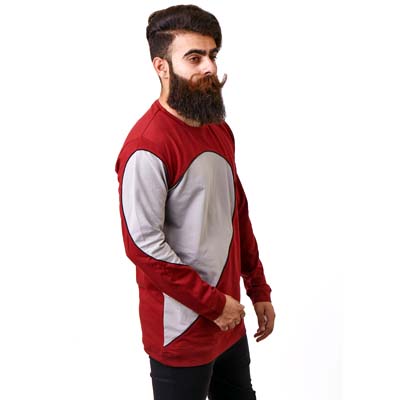
Garment manufacturing involves a number of operations required to make a garment. It includes processes like cutting, sewing and finishing. The entire manufacturing process is divided into several sub-operations required for the manufacture of a particular garment. Some of these operations vary depending on the type of equipment available, the work methods used and the skills of the workers.
How does a clothing business work?
Garment manufacturing is a complex process that involves several steps. We have defined the five most important steps.
Fabric manufacturing involves the following steps:
Pre-production. Including material sourcing, pattern making and sampling.
Production planning. The planning team forecasts production and ensures that all activities are completed on time.
cutting process Using the guidelines provided by the designer, the factory cuts the fabric for sewing. Modern clothing manufacturers use laser-cutting technology to prevent waste.
Manufacturing and quality control. The factory will check the quality when the production is completed. The customer has the right to reject items if they do not meet the expected standards and quality.
delivery After the garments pass quality control, the rest of the production order will be delivered to the customer.
Pre-production processes in textile manufacturing
Pre-production is the process planning that is done before the production of wholesale garments. This includes sample development and approvals, raw material sourcing and testing, garment costing, pattern making, and process planning. Efficient production cannot be reached without pre-production processes.

A typical pre-production process in garment manufacturing is divided into five stages:
Calculate the price of a garment.
Pattern making and grading.
Sourcing of raw materials.
Production process planning.
Creating a pre-production sample.
How designers and clothing manufacturers collaborate on clothing lines
Collaboration between designers and manufacturers is the foundation of the apparel business. The first time you communicate with each other you should have clear expectations of what outcome you want and how each side will work together.
The collaboration process between the designer and the garment manufacturer can be divided into three stages:
Product development. At this stage, the designer creates a business plan, visualizes an idea, and develops a technical pack.
Pre-production. This phase includes finding a manufacturer to work with, creating a production agreement, and creating a prototype.
manufacturing Managing the production process involves accurate planning of periodic shipments, effective use of labor, and monitoring of the supplies and equipment required for each order.
How to request price quotes from fabric manufacturers
When a clothing designer comes up with a new collection, they need to estimate how much it will cost to make. With the technical pack in hand, and a list of potential suppliers, they now need to request a price quote to see which factory can work with their budget and time frame, while still maintaining quality. Needs are met.
Follow this price quote strategy to get accurate quotes from suppliers. This way designers can make the right decision when it’s time to design their collection.


